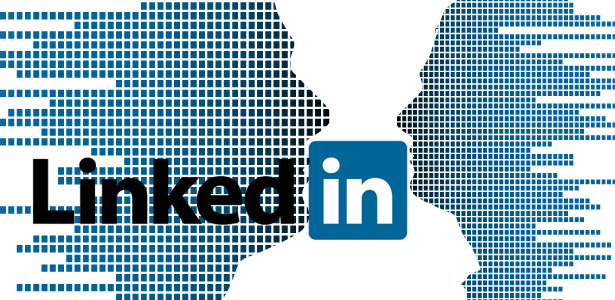October 20, 2016
No company likes to see its stock prices fall, so it was a pretty nasty shock in February when LinkedIn’s shares closed down a whopping 43.6 percent. This tailspin, which erased nearly $ 11 billion in market value, began when the social media giant released revenue forecasts that fell well below what investors had been hoping to see.

While shares of LNKD.N have already begun to recover — largely thanks to Microsoft’s acquisition of the company — savvy marketers noticed that, even in the downturn, the social media platform’s effectiveness as a source of lead generation never wavered. Facebook continues to lead the pack in general usage, but LinkedIn comes in a respectable third, with 67 percent of marketers claiming to use the platform in some way. Even more interesting than general usage, however, is the site’s unparalleled effectiveness in B2B lead generation. According to Oktopost, 80 percent of B2B social media leads come from LinkedIn.
So if LinkedIn never stopped being the go-to website for online B2B leads, why did revenue projections fall so short of expectations, and what can businesses and investors expect from the site moving forward?
Expectations and the Gartner Curve
LinkedIn’s crash was inevitable. To understand the platform’s past and future trajectory, let’s look at a phenomenon called the Gartner Curve.
Also known as the Gartner Hype Cycle, it outlines the five stages that new technologies go through. It begins with a “Technology Trigger” (i.e., breakthrough), and then publicity fuels an ascent to the “Peak of Inflated Expectations” — which is where LinkedIn sat prior to its spring plunge — before tumbling into the “Trough of Disillusionment.”
After interest wanes, emerging technology starts climbing the “Slope of Enlightenment,” finally reaching the “Plateau of Productivity,” where expectations and performance align.
In LinkedIn’s case, expectations were simply set too high for a piece of technology that, while extraordinarily useful, was never a revenue generator in and of itself. LinkedIn’s value lies more in how well it works for B2B marketing, a fact that Microsoft was keenly aware of when it purchased the site for $ 26 billion.
Now that the tech is past the stage of disillusionment and expectations have been reset, the question remains: How are B2B companies making the most of LinkedIn’s capabilities?
Why LinkedIn Remains the King of B2B Leads
Despite its revenue struggles, LinkedIn’s inherent value is finally becoming clear again to investors and users alike. LinkedIn doesn’t need to be a revenue machine to be valuable — it just has to keep being the most effective social media lead generator for B2B companies.
Why will LinkedIn continue to be so beneficial in this regard? Here are three reasons:
1. LinkedIn is designed for marketing.
People join Facebook to share cat videos and selfies. They join LinkedIn to network, connect with other thought leaders, and make themselves more visible in a professional setting. While users might embellish on other sites, they present a clear picture of their work and companies on LinkedIn. Its business-minded vibe and its repository of accurate, up-to-date information create a virtual treasure trove of potential sales in one place. Compare that to trying to target Facebook’s 1.71 billion active users at random.
2. LinkedIn facilitates both pre- and post-sale engagement.
For long-term relationship-building, nothing beats LinkedIn. Not only do LinkedIn members have almost twice the buying power of Facebook users, but nearly half of them are also more likely to make a purchase from a company they communicate with on the site. Combine that with the fact that 51 percent of companies find LinkedIn useful for post-sale communication — better than both Twitter and Facebook — and its spot atop B2B lead-generation tools seems secure.
3. LinkedIn isn’t good at generating leads — it’s the best.
If so many companies were on the site but none of them were making purchases, LinkedIn would be of little value to B2B marketers. However, that’s not the case, as LinkedIn remains more effective than any other social media site when it comes to generating B2B opportunities. People and companies buy things on LinkedIn every day, so it’s up to marketers to capitalize on the platform’s ability to boost sales and create more valuable leads.
LinkedIn has had an up-and-down 2016 on the balance sheet, but its position as a lead-generation powerhouse remains unchallenged. When it comes to using social media to get new clients, don’t be fooled by the naysayers. Take advantage of the tools available to you, and discover the wealth of opportunities you’ve been missing.
Digital & Social Articles on Business 2 Community
(38)